Raising a cat to be sociable and friendly might seem like a daunting task for some, but with a little patience and understanding, it can be a rewarding experience for both you and your feline friend. Cats, often misunderstood as aloof or solitary creatures, can develop deep bonds with their human families. Their social skills, however, need nurturing right from the start. This article will guide you through the essential steps to help your cat become the charming, friendly companion you desire.
Understanding Your Cat’s Personality
Before you can help your cat become more social, it’s essential to understand its unique personality. Cats, much like humans, have individual temperaments. Some are naturally outgoing, while others can be more reserved. Observing your cat’s behavior can give you valuable insights. Does your cat hide during gatherings, or is it curious about visitors? Recognizing these traits will help you tailor your approach to suit their needs. It’s important not to force socialization, as this could lead to increased anxiety. Instead, allow your cat to set the pace, providing gentle encouragement through positive reinforcement.
The Importance of Early Socialization

Socializing your cat from a young age can set the foundation for a friendly adult cat. Kittens are most open to new experiences during their first few months, making this the ideal time for introductions to new people, pets, and environments. Gentle handling and play are excellent ways to build trust and familiarity. Try to expose your kitten to different sounds, textures, and experiences, always ensuring they’re positive. The goal is to create a wide range of positive associations that will help your cat feel comfortable in various situations throughout its life.
Creating a Safe and Stimulating Environment
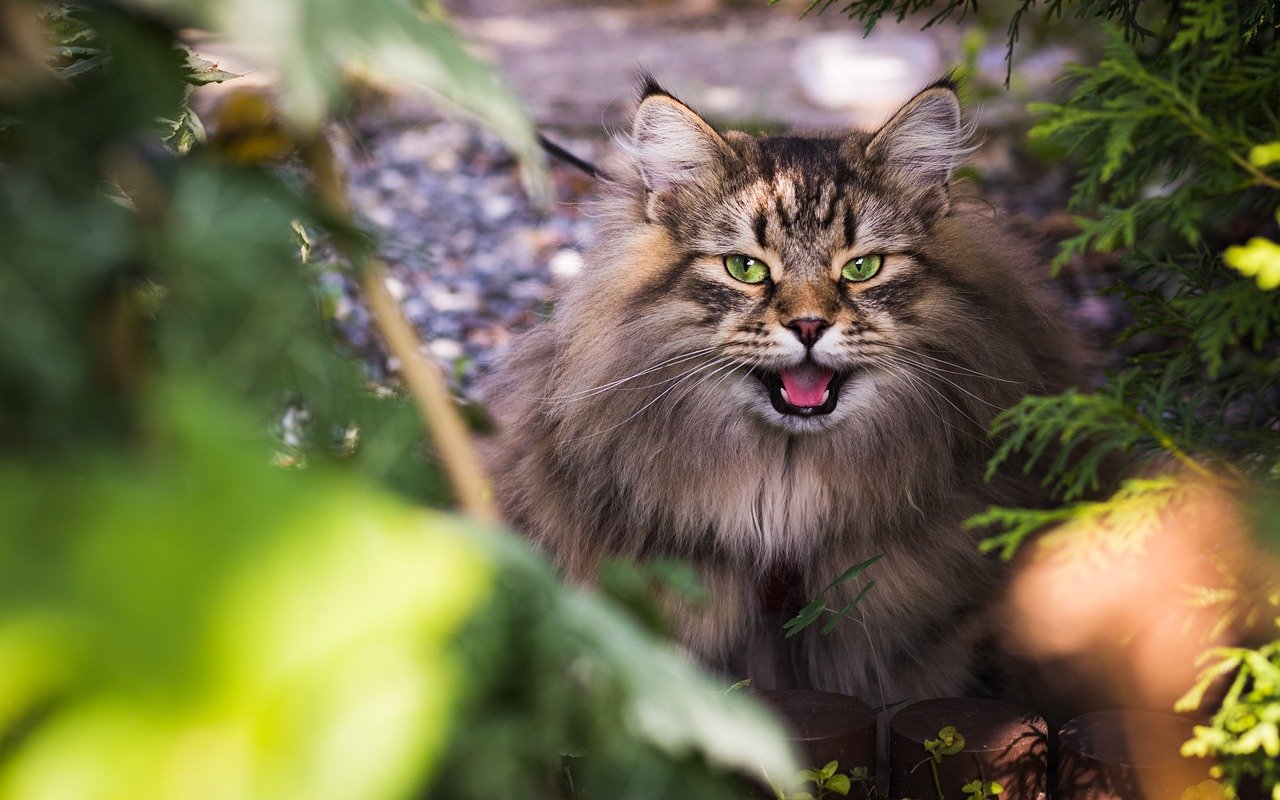
A safe and stimulating environment can significantly contribute to your cat’s social abilities. Cats need spaces where they feel secure, such as cozy beds, cat trees, or hideaways. These areas give them the confidence to explore and interact more freely. Additionally, providing toys and puzzles can engage their minds and encourage social play. Remember, a bored cat can become withdrawn, so regular interaction and play are vital. Rotate toys regularly to keep their interest piqued and introduce new challenges to stimulate their curiosity.
Encouraging Positive Interactions

Positive interactions are key to raising a social cat. When your cat approaches you or others, treat them with affection and rewards. This reinforces the idea that social interactions lead to good things. Use treats, gentle petting, and calm voices to encourage further engagement. If your cat is shy, patience is crucial. Allow them to approach in their own time, and never scold them for retreating. Building trust takes time, but with consistent positive experiences, your cat will learn that socializing is enjoyable.
Understanding Body Language
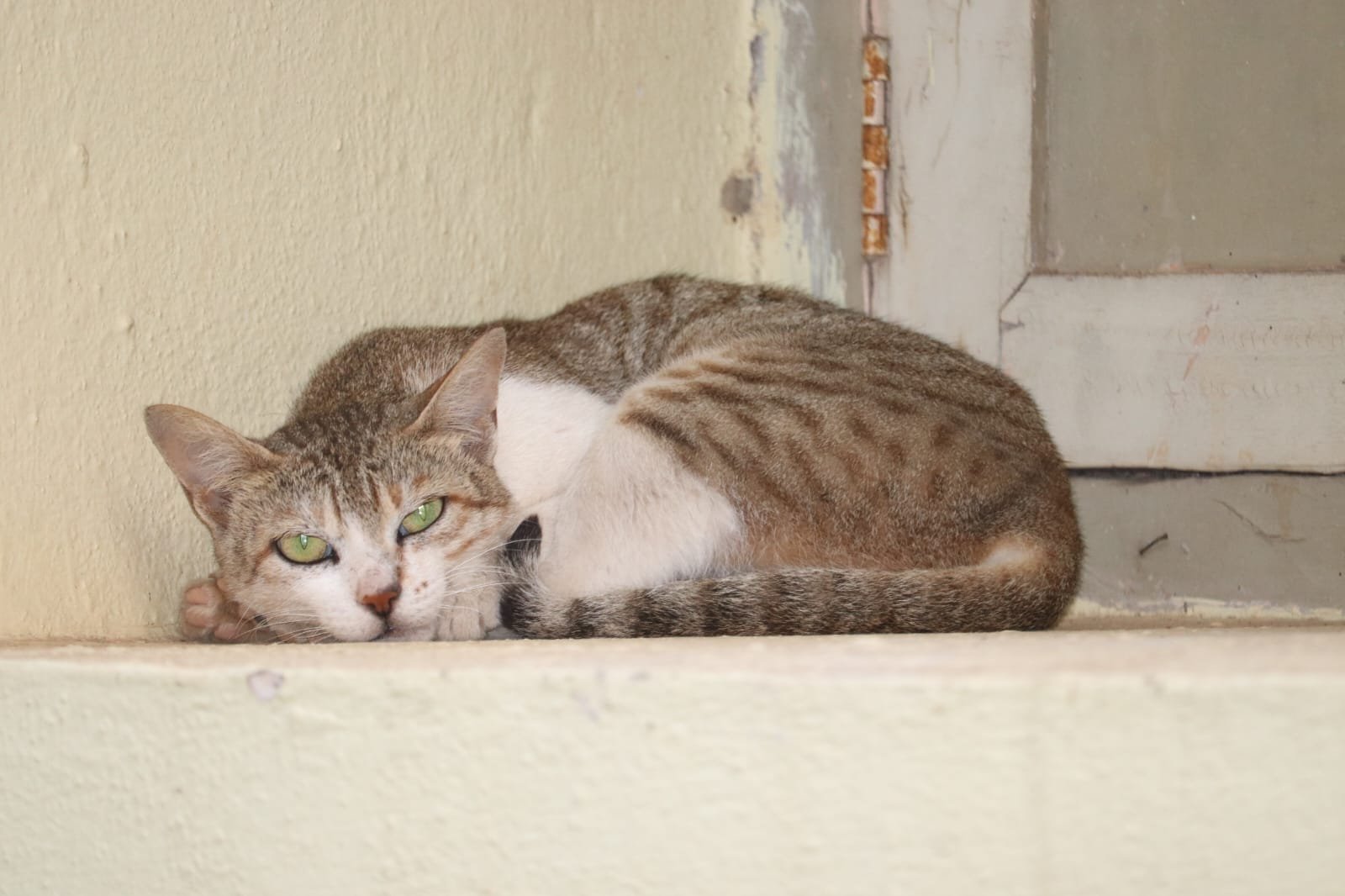
Cats communicate a lot through body language, and understanding these signals can improve your interactions immensely. Pay attention to their tail, ears, and eyes. A relaxed cat will have a gently swaying tail, forward ears, and soft eyes. On the other hand, a tense cat might have a bristled tail, flattened ears, and dilated pupils. Recognizing these signs can help you adjust your approach and ensure your cat feels comfortable. By responding appropriately to their body language, you can build a stronger, more trusting bond.
Introducing Your Cat to New People

Introducing your cat to new people can be a delicate process. Start by allowing your cat to observe from a distance, gradually letting them approach at their own pace. Encourage guests to offer treats or toys, creating a positive association. It’s important to instruct visitors on how to interact with your cat, emphasizing gentle movements and quiet voices. Over time, your cat will learn that meeting new people can be a pleasant experience, reducing anxiety and fostering sociability.
Handling Multi-Cat Households
In multi-cat households, fostering friendly relationships between your cats is crucial. Ensure each cat has its own space to retreat to, reducing competition for resources. Introducing cats slowly and with care is essential to prevent territorial disputes. Use scent-swapping techniques, where you exchange bedding or toys between cats, to familiarize them with each other’s scent. Gradually allow supervised interactions, rewarding positive behaviors. With patience, your cats can develop harmonious relationships, enhancing the overall social environment of your home.
The Role of Play in Socialization
Play is a vital component of your cat’s social development. It provides an opportunity for bonding and helps burn off excess energy, reducing stress and anxiety. Use a variety of toys to engage your cat’s hunting instincts, such as feather wands or laser pointers. Interactive play sessions can strengthen your bond and encourage your cat to be more outgoing. Remember to let your cat “win” occasionally during play, which boosts their confidence and satisfaction.
Addressing Fear and Anxiety

Fear and anxiety can hinder your cat’s social progress, so addressing these issues is important. Identify triggers, such as loud noises or new environments, and work on desensitizing your cat to them. Gradual exposure, combined with positive reinforcement, can help alleviate fears. If your cat’s anxiety is severe, consult with a veterinarian or animal behaviorist for additional support. Reducing stressors in their environment, such as providing safe spaces and consistent routines, can also improve their comfort levels.
The Power of Routine
Cats thrive on routine, and establishing a consistent schedule can enhance their social skills. Regular feeding, play, and rest times provide a sense of security. When cats know what to expect, they are more likely to feel comfortable exploring and interacting. Consistency in your interactions, such as using the same commands or gestures, helps reinforce positive behaviors. Over time, your cat will become more confident and willing to engage with you and others.
Using Treats and Rewards
Treats and rewards can be powerful tools in encouraging social behavior. Use high-value treats that your cat loves to reinforce positive interactions. Offer treats when your cat approaches you, interacts with guests, or successfully navigates new situations. This creates a strong association between socializing and positive rewards, motivating your cat to seek out these experiences. However, be mindful of portion sizes to maintain a healthy diet.
Encouraging Gentle Touch
Teaching your cat to enjoy gentle touch is essential for their social development. Start by petting them in areas they find comfortable, such as the head or chin. Gradually introduce new areas, like the back or belly, while observing their reactions. If your cat seems uncomfortable, stop and try again later. Over time, your cat will learn to associate touch with positive experiences, making them more receptive to physical affection from you and others.
The Benefits of Cat Companionship
Having another cat as a companion can significantly enhance your cat’s social skills. Cats learn from each other, and a well-socialized cat can model positive behaviors for a more reserved one. When introducing a new cat, follow the same gradual process as with people. Monitor their interactions closely and provide plenty of resources to prevent competition. With time and patience, your cats can develop a strong bond, enriching their lives and yours.
Building Confidence Through Exploration
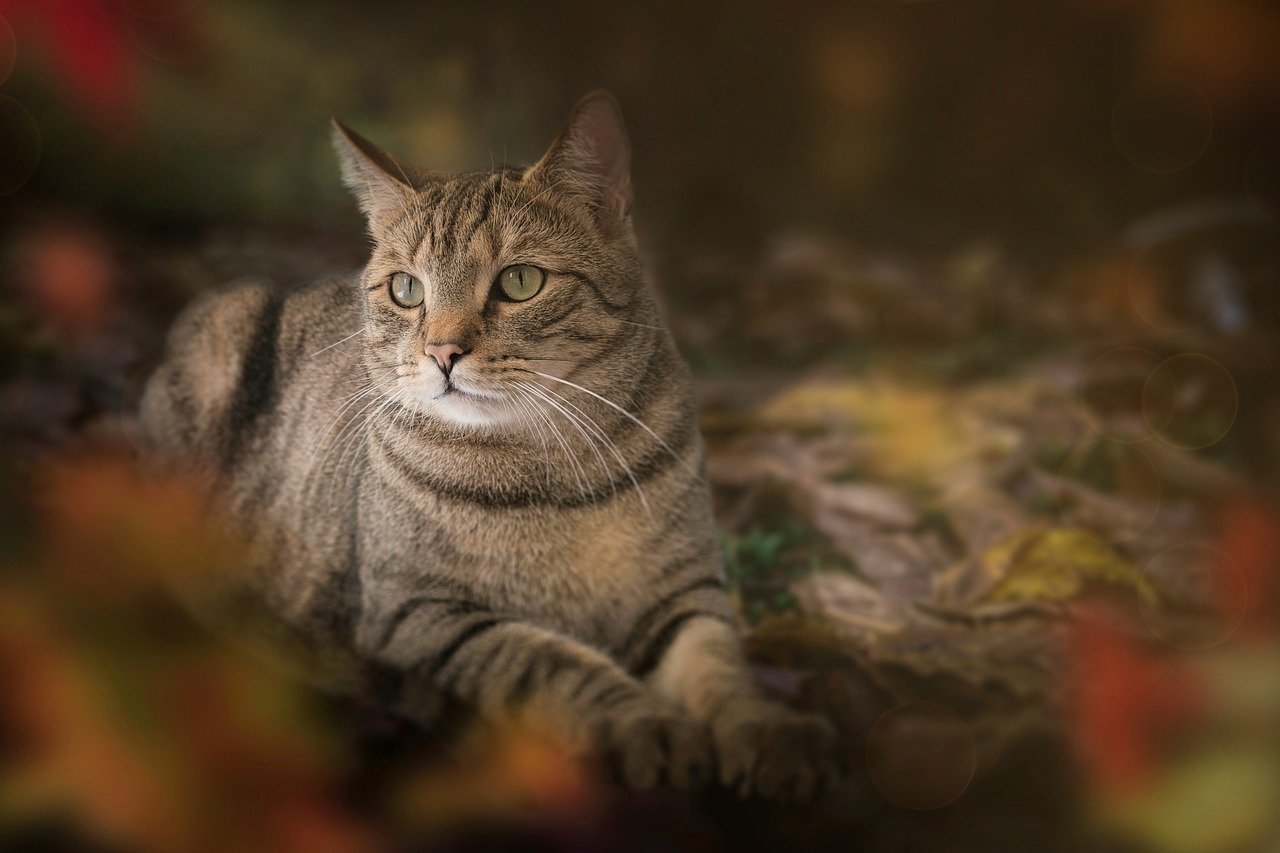
Encouraging your cat to explore new environments can build their confidence and social skills. Start with small, safe areas and gradually expand their territory. Allow them to investigate at their own pace, providing treats and praise for bravery. Exploration helps your cat become more adaptable, reducing fear of the unknown. As their confidence grows, they’ll be more willing to engage with new people and experiences.
Dealing with Setbacks
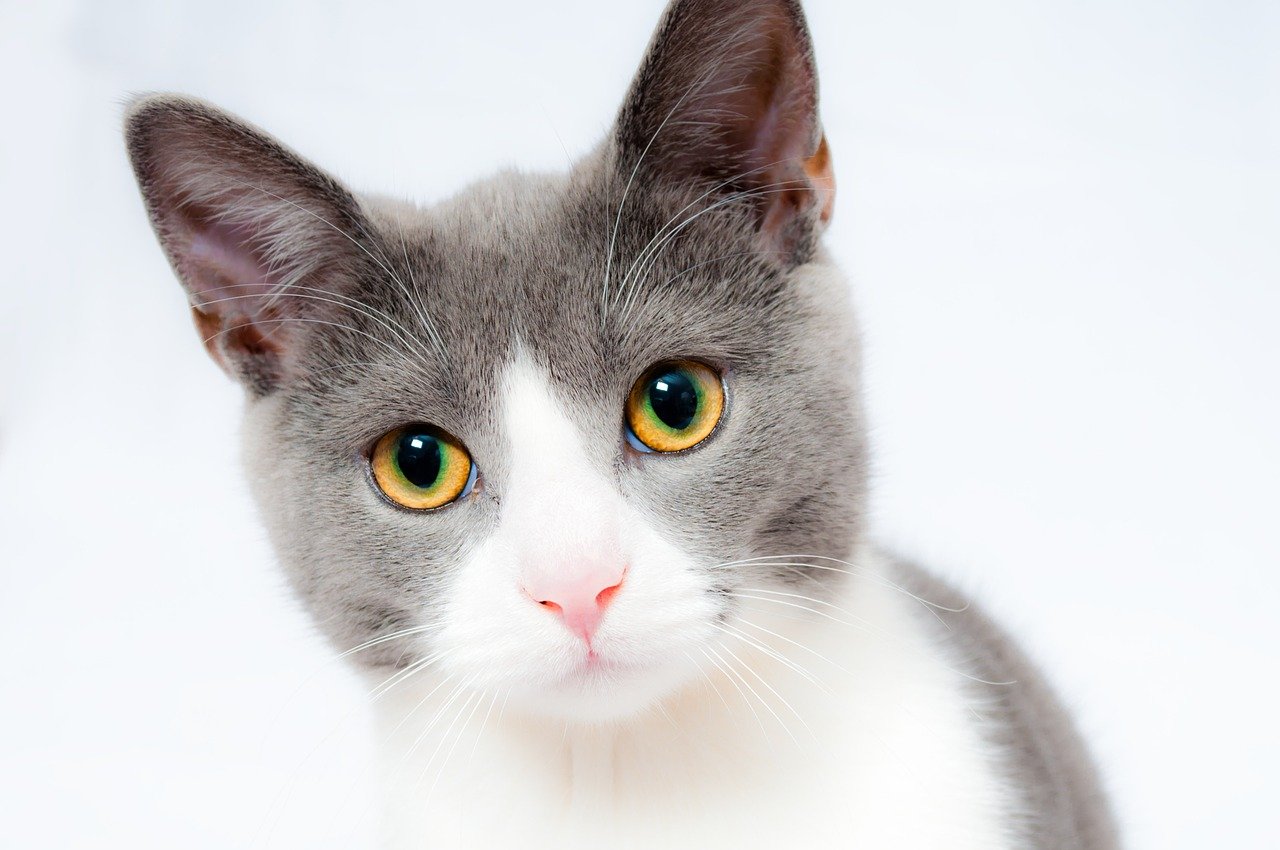
Setbacks are a natural part of the socialization process, and it’s important to approach them with patience and understanding. If your cat regresses or becomes fearful, reassess the situation to identify potential stressors. Take a step back and reintroduce positive experiences gradually. Remember, progress isn’t always linear, and each cat’s journey is unique. Celebrate small victories and remain consistent in your efforts, knowing that patience and persistence will yield positive results.
Recognizing and Celebrating Progress
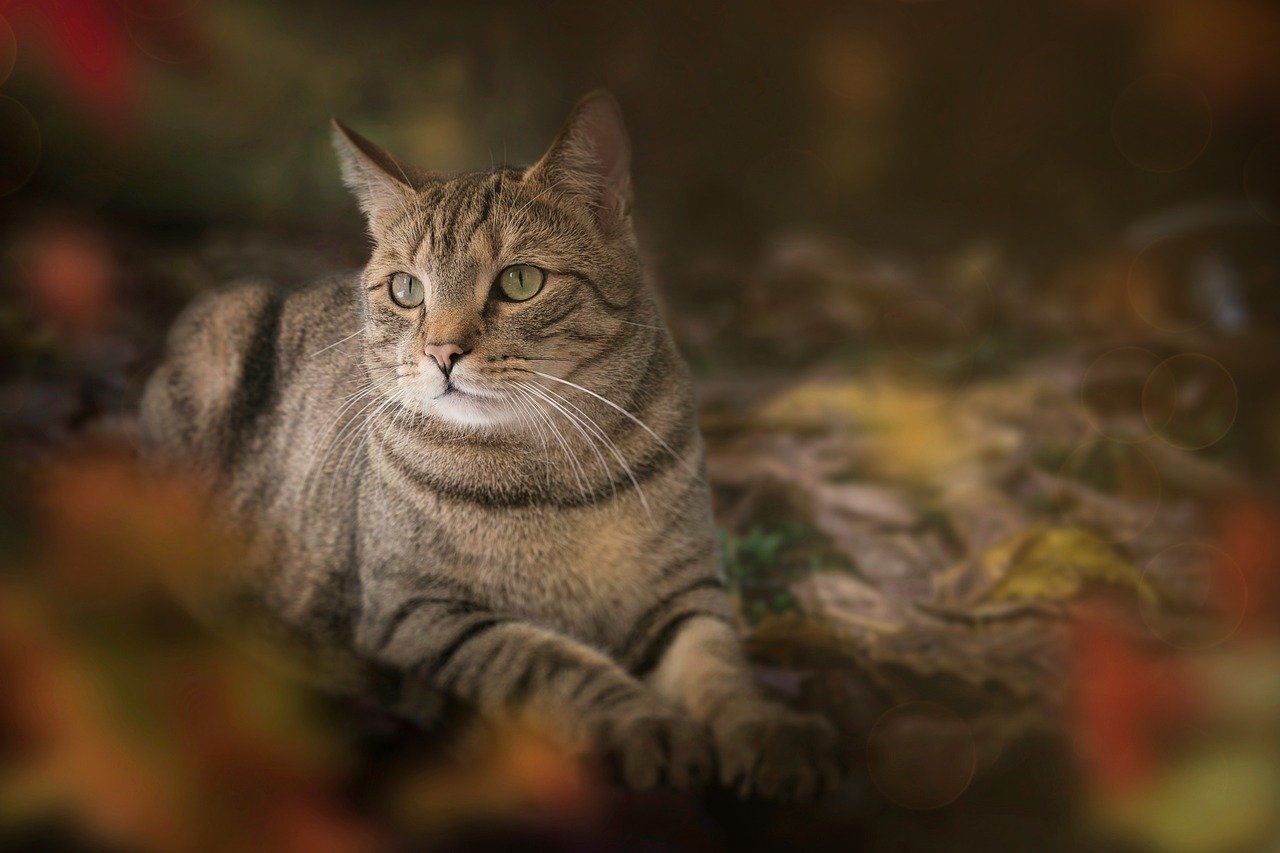
Celebrate the progress your cat makes, no matter how small. Recognizing and rewarding positive behaviors reinforces their social development. Keep a journal of milestones, such as the first time they approached a new person or played with another cat. Sharing these achievements with friends or fellow cat enthusiasts can provide encouragement and support. Remember, every step forward is a testament to your dedication and your cat’s growing confidence.
The Role of Veterinary Support

Veterinary support can be invaluable in your cat’s socialization journey. Regular check-ups ensure your cat’s health, which is closely linked to their behavior. Discuss any concerns about anxiety or fear with your vet, who can provide guidance and support. In some cases, they may recommend supplements or medications to help manage stress. A healthy, happy cat is more likely to be social and friendly, making veterinary care an essential component of their overall well-being.
Conclusion
Raising a social and friendly cat requires time, patience, and understanding. By recognizing your cat’s unique personality, creating a supportive environment, and encouraging positive interactions, you can help your feline friend become more outgoing and confident. Remember, every cat is different, and progress may vary. With consistent effort and love, you’ll foster a deep, rewarding bond with your social and friendly cat.
Hi, I’m Bola, a passionate writer and creative strategist with a knack for crafting compelling content that educates, inspires, and connects. Over the years, I’ve honed my skills across various writing fields, including content creation, copywriting, online course development, and video scriptwriting.
When I’m not at my desk, you’ll find me exploring new ideas, reading books, or brainstorming creative ways to solve challenges. I believe that words have the power to transform, and I’m here to help you leverage that power for success.
Thanks for stopping by, Keep coming to this website to checkout new articles form me. You’d always love it!






